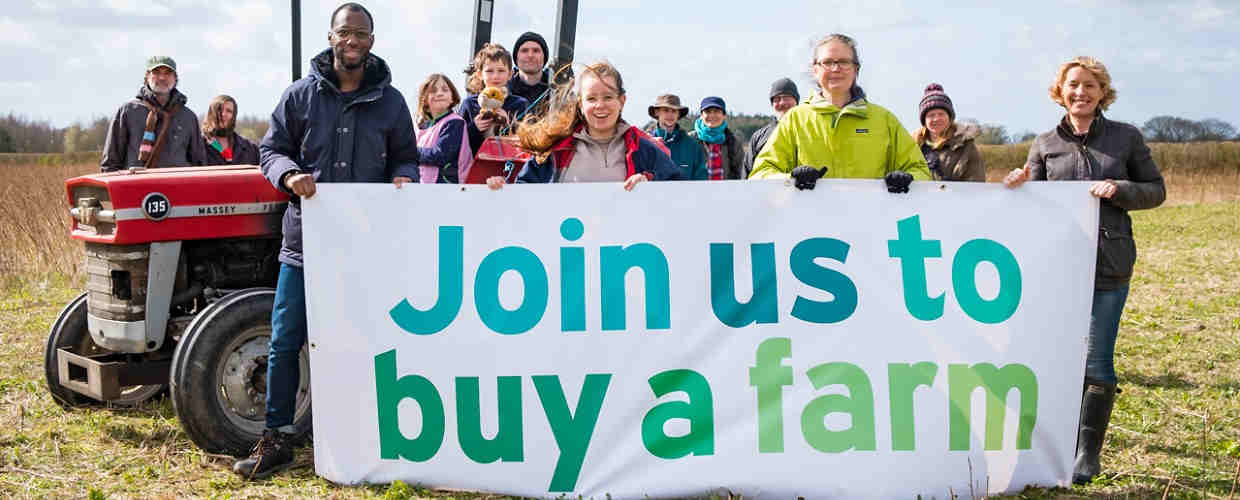I spent most of last week at HubSpot’s Inbound conference in Boston. It was an inspiring series of speakers, presentations, and sessions with action items that I plan to implement at Kindling over the next few months. I left fired up about our marketing program and the ways to use HubSpot (and yes, I’ve already put the dates for next year’s Inbound conference in my calendar).
Do you remember the enthusiastic telemarketers who called around dinner time in the ‘90s announcing “This is a courtesy call from Company X?” When we were growing up, my brother and I used to call these interruptions “discourtesy calls” and as soon our family got callerID, we stopped answering them. The Do Not Call list limited this form of telemarketing in 2003, and Inbound highlighted that it’s not just telemarketing that’s over – we’re moving away from all unsolicited “interruption” marketing. Today’s consumers are accustomed to finding the information they want, when they want it, and Marketers need to use the data we can now collect about our customers to provide them with the right solution for their needs, formatted for the device of their choice.









